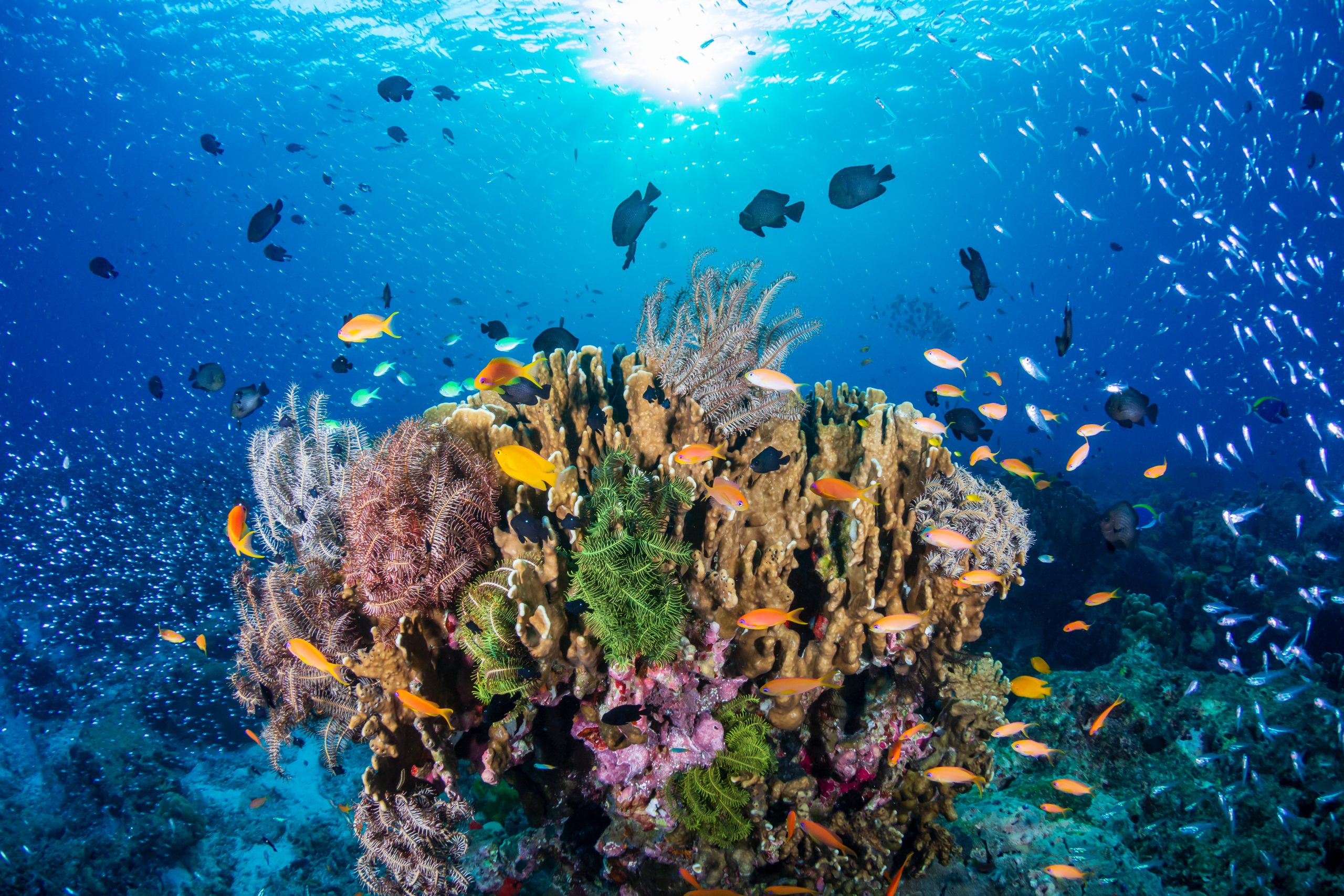News
5 insights from the new MPA Guide that can help improve ocean conservation

News | Sep 2021
Marine protected areas (MPAs) are crucial tool for ocean conservation. They can help to support healthy and resilient ocean habitats, as well as all the benefits these ecosystems bring to people, like food, flood protection and economic benefits.
But what does ‘protected’ mean? The newly published MPA Guide helps policymakers and practitioners understand the level and type of protection an MPA can offer.
Different interpretations of ‘protection’
MPAs are defined by IUCN as areas whose primary objective is the conservation of nature. However, there are different interpretations of what the term ‘protected’ means. In reality, there are many types of MPAs, with a wide range of goals, expectations, and degrees of effectiveness in the water.
Some MPAs allow no extraction at all, while others permit almost all types of extraction, such as mining, fishing, or dredging. Some MPAs are in place in the water and have active management plans, while others exist only on paper. The conservation outcomes from one MPA type will differ from another, and many MPAs are not set up or functioning to achieve their stated goals.
This inconsistency can lead to false expectations about the impact that can be expected from any particular MPA and different conclusions about how much of the ocean is currently ‘protected’. Diverging views can obscure real progress and distract attention from the goal of achieving a healthy ocean for the benefit of both people and nature.
5 insights from the MPA Guide
The MPA Guide is a science-based tool and framework helping practitioners and policymakers to understand what level and type of protection is in place, and what outcomes they can expect for people and nature.
Here are 5 ways the MPA Guide can help enhance our understanding of MPAs:
- The Guide distinguishes between 4 stages of establishment of an MPA: Proposed/Committed, Designated, Implemented, and Actively Managed.
- The Guide diagnoses the level of protection an MPA offers, based on the type and intensity of activities that are allowed to occur within the MPA: Fully protected, Highy protected, Lightly protected, and Minimally protected.
- The Guide also details the enabling conditions that are essential for MPAs to move from one stage of establishment to the next. Examples include sustainable financing, clear objectives, and consideration of existing threats and mitigation.
- The Guide then links these elements to clarify what social and ecological outcomes can be expected from an MPA at a particular stage and level, assuming the enabling conditions are in place.
- The MPA Guide helps to illuminate what protection we have and what is still needed to meet global to local goals. This framework provides the tools to design and update MPAs for effective protection.
The Guide is authored by 43 marine and social scientists from 39 institutions across 6 continents, with input from many hundreds of stakeholders from around the world.
Over the coming years, UNEP-WCMC will continue to work with partners of The MPA Guide, and many others, to explore how this framework can complement the Protected Planet Initiative as part of an overarching effort to gain a better insight into the extent to which protected and conserved areas are achieving positive outcomes for people and nature.
Learn more about The MPA Guide here
Have a query?
Contact us
communications@unep-wcmc.org
